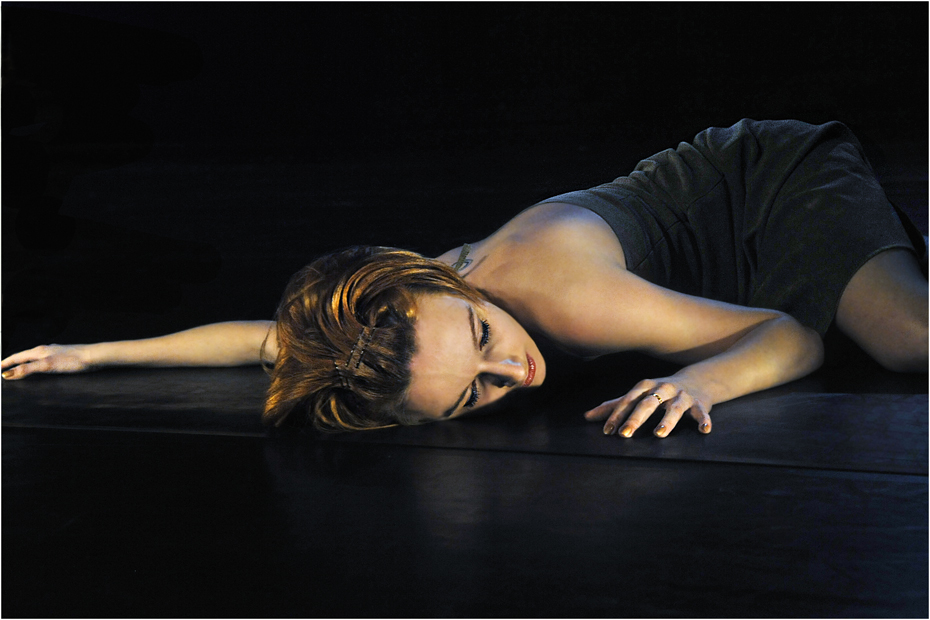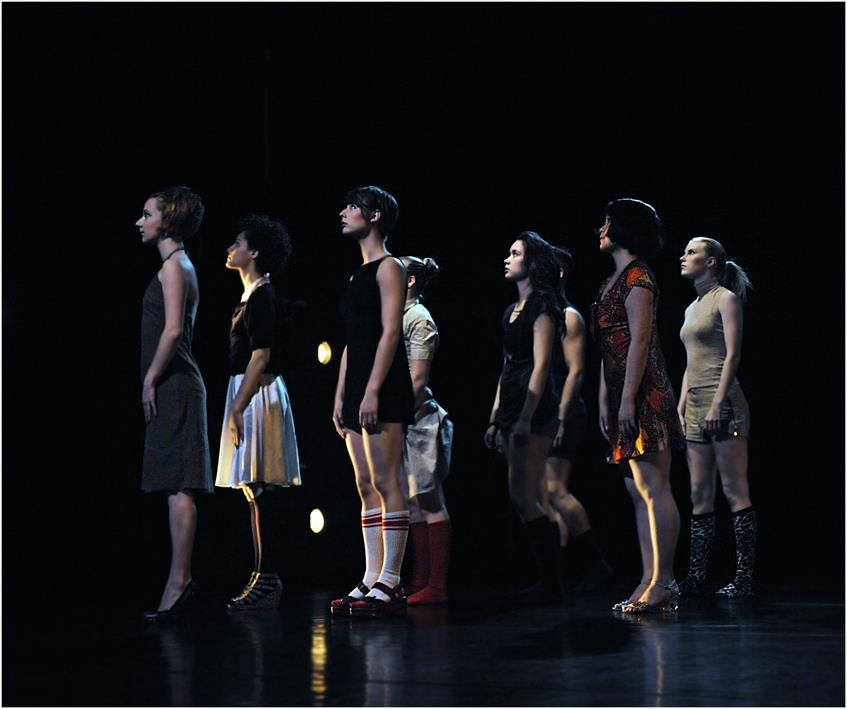
Mentoring dance students or young choreographers it has been one of my loved activities.
My main responsibility at i.e. the Contemporary Dance School Hamburg (CDSH), is to mentor dance students for their 1st solo composition and facilitate them to experience the creative process through the practice of somatic techniques, methods and philosophies.
During creative processes, one needs to be receptive to what happens in the moment, becoming aware of how can ‘I’ get creative with my own self, bodily and mentally as well as becoming aware of my surrounding, the others with whom I share and communicate own ideas and mutual processes. Working somatically supports dancers to develop awareness and the ability to observe own mental and physical states. It also facilitates dance students to trigger ideas, which might evolve at the studio during rehearsal, as well as during our light sleep phase when we wake up abruptly and have the need to write down thoughts, ideas or images immediately.
The questions and struggles dance students bring up during mentoring are: How do ideas start? And how do I develop a concept for my solo piece? Do I start with the idea or do I start with movement research? And what are the further components of choreographic composition? What about light, sound, costumes, etc.? What idea shall I follow? I have so many, I feel totally lost, I have no idea how to start, and so on.
These questions and struggles are to be heard and taken serious, especially if students are producing their very first solo work. Feeling insecure and lost are their state of mind, so that the body might freeze not allowing free flow to come to play. Therefore, my role as a mentor is to provide students the access to the various working tools, methodologies and philosophies that can be used during creative processes.
It is important to highlight the difference between improvisation (skills), usually included at dance education programs, and a somatic mentoring creative process. Improvisation is a technique and a choreographic tool that can take part of the creation process, but does not define the creative process itself.

My approach to mentoring students is student-centered, which means, that I look at each student individually and to facilitate each student his/her very own potential. I am not interested in the master vs pupil relationship – I am not interested in directing students into my own aesthetics, philosophies and artistic values. But I am interested in creating a non-hierarchal relationship in order to foster trust, communication and self-advocacy – allowing students to subjectively and objectively reflect their choreographic experiences and their artistic, social and political contexts.
The majority of the dance students that I met have learned how to copy their dance teachers to detail and to precisely mimicry dance classes, but what they are not facilitated for is to learn how to ‘recycle’ movement information allowing enactment beyond mimicry.
With the student-centered approach, I provide dance students the knowledge of somatic work and philosophies, introduce choreographic research tools and methodologies, and enable movement and creativity beyond the reproduction of dance techniques.
Bodily awareness can be facilitated with the practice of methods and concepts such as Release and Awareness Technique (i.e. Skinner Technique), Body Mind Centering©, Bartenieff Fundamentals and Mindfulness practices.
During my years of dancing, teaching, mentoring, choreographing, directing, curating and producing a variety of projects worldwide, I became aware that somatic practices is a way of living, an approach to life and being.
Somatic education allows dancers to work with less effort and enables them to understand their source of movement and their core of creativity and artistic expression.
The role of somatic techniques in dance education programs is well described in the article “Working Somatically, supporting techniques for contemporary dance”, written by Irene Sieben, published in the book “Dance Techniques 2010” (Ingo Diehl and Frederike Lambert, pag. 136).

Mentoring dance students became an important part of my teaching, since the project ‘dance beyond borders’ (2008-09), launched with the main objective to mentor BA dance students towards their future dancing and/or choreographic carriers. ‘dance beyond borders’ was a European pilot project for transcultural dancing education. It included five international institutions and dance schools in Europe which offered to ten young, upcoming dancers, dance-makers and choreographers a program of extra-curricular studies – a ‘bridge’ before a master degree in dance for emerging contemporary dancers and dance makers. Some of these ten young dancers, Rachel Birch-Lawson, Alexandre Achour, Philipp van der Heijden, Dieter Defurne a. o. have since been strongly developing their own choreographic work and are present and active in the European dance net-works.

In 2014, I initiated the research project ‘The Live Legacy project, correspondences between German Contemporary Dance and Judson Dance Theater Movement’ with the intention to share the practices and techniques sprouted by the 1960s American avant-garde, which then emanated to Germany, often through influential Dutch institutions (e.g. School for New Dance Development and European Dance Development School).
“I was sitting on a train, on my way back home, wondering about how ‘Judson’, and its legacies have left an imprint on my professional life. My memory went back to 1989, I had just finished my studies at the Escola Superior de Dança in Lisbon. I felt empty and disconnected. I had acquired the ability to perform a variety of dance styles, but my intuition was telling me that I needed ‘something else’, which I could not find the right words to describe. All I knew, that it was ‘something’ beyond my muscle effort and the accumulation of dance techniques in my dancer’s repertoire. I heard about a school that was about to open in Holland, in Arnhem, and I went. It was a shock. It took me three months to understand, that what I had missed, was to listen and to understand my ‘unknown’ body.”
Angela Guerreiro, 2014.
Excerpt of the curatorial text for the booklet of: ‘The Live Legacy project, correspondences between German Contemporary Dance and Judson Dance Theater Movement’